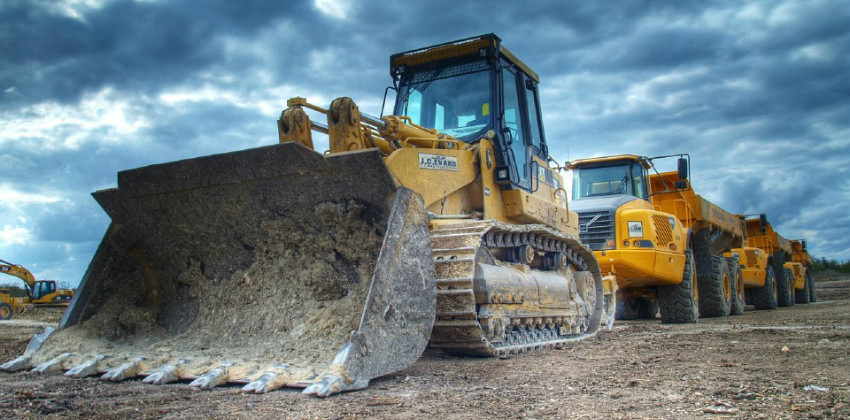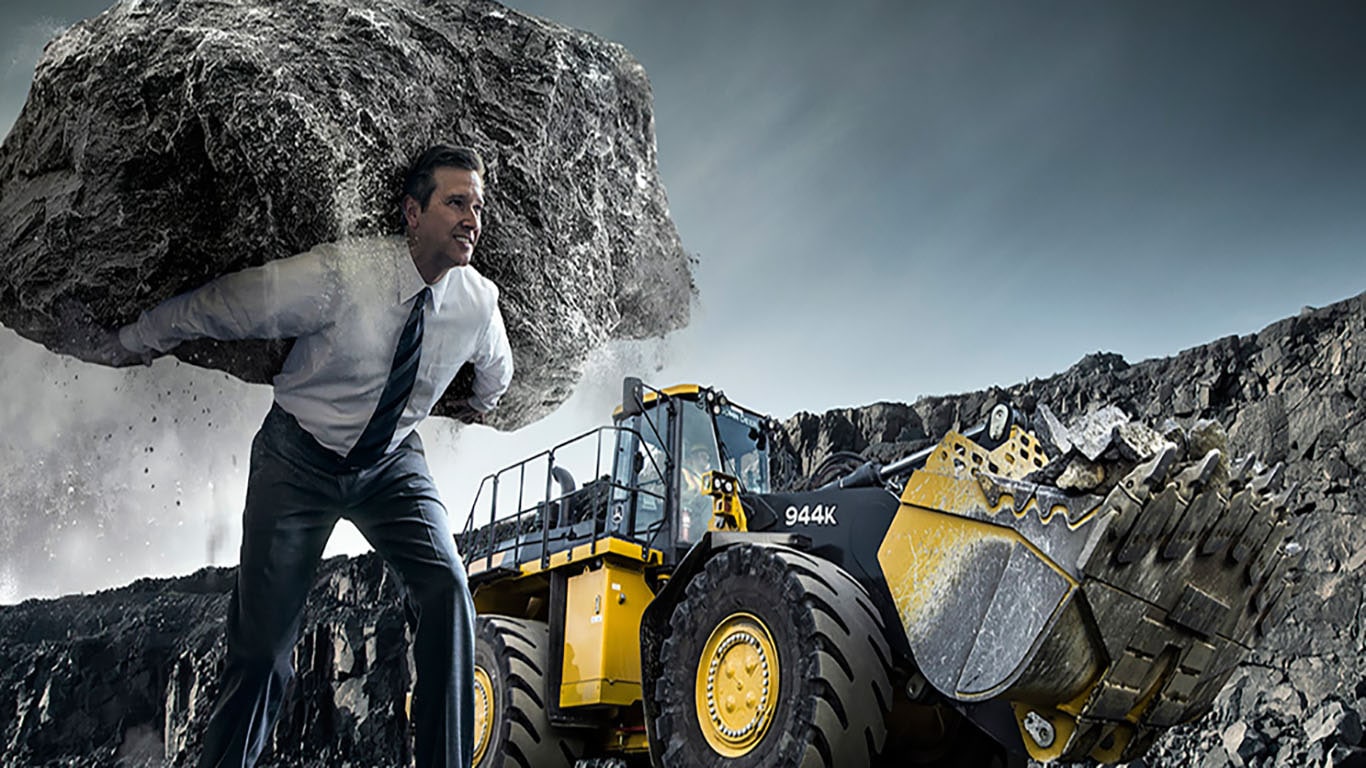Aerial Lift Rental for Construction and Upkeep Projects
Aerial Lift Rental for Construction and Upkeep Projects
Blog Article
Renting Vs. Buying Building And Construction Tools: Making the Right Option for Your Job
When embarking on a building task, one of the crucial decisions that forecast stakeholders and supervisors deal with is whether to purchase or rent out building devices. The decision pivots on different variables such as price factors to consider, task period, tools maintenance, risk, adaptability, and scalability management.
Price Factors To Consider
When evaluating the economic element of renting versus buying building and construction tools, the ahead of time expenses and long-term costs have to be very carefully considered. Renting out devices typically needs reduced preliminary settlements contrasted to buying, making it an eye-catching alternative for temporary jobs or specialists with budget restraints. Renting removes the requirement for large capital investments and minimizes the economic threat connected with devices ownership, such as upkeep and depreciation costs. Nevertheless, in the future, continuously renting tools can gather higher costs than buying, especially for extended jobs.
On the various other hand, getting building tools involves higher upfront prices but can result in lasting financial savings, particularly for constant users or lasting tasks. Having devices supplies flexibility, benefit, and the possibility for resale value once the project is completed. Additionally, owning devices permits customization and familiarity with specific machinery, possibly increasing efficiency and efficiency on-site. Eventually, the decision in between getting and leasing construction devices rests on the job's duration, frequency of use, spending plan considerations, and long-lasting economic objectives.
Project Duration

Alternatively, for lasting jobs or recurring building work, buying equipment could be the a lot more economical option. Buying devices can cause set you back financial savings in the future, particularly if the equipment will be regularly used. In addition, having tools provides a feeling of control over its availability and permits customization to fit specific project needs.

Devices Maintenance
Given the vital role project period plays in determining the most cost-effective technique between renting and acquiring building devices, the focus currently shifts in the direction of examining the crucial aspect of tools maintenance. Proper maintenance is vital for guaranteeing the ideal performance and longevity of construction tools. Leasing devices often includes the advantage of having well-kept equipment provided by the rental firm. This can ease the worry of upkeep jobs from the task owner or service provider, saving effort and time. On the other hand, possessing tools requires an aggressive method to maintenance to avoid malfunctions, make sure safety, and prolong the devices's life-span. Regular assessments, servicing, and timely fixings are required to maintain owned and operated devices in leading functioning problem. Factor in upkeep costs when choosing in between buying and renting out, as overlooking maintenance can lead to expensive repair services, downtime, and task delays. Eventually, a well-kept building and construction tools fleet, whether rented or possessed, is important for the efficient and successful conclusion of construction tasks.
Flexibility and Scalability
In the realm of building and construction equipment management, the aspect of flexibility and scalability holds substantial value for task efficiency and resource use. Choosing to lease building tools supplies a high level of versatility as it enables the quick modification of equipment types and amounts based on the progressing demands of a job. Renting enables professionals to access a variety of specific equipment that might be needed for specific tasks without the long-term dedication of possession. This flexibility is specifically check that helpful for tasks with varying needs or unclear durations (rental company near me).
Renting out building tools supplies the advantage of quickly scaling operations up or down as project demands rise and fall. Contractors can swiftly include or trade devices to match the project's changing requirements without the restraints of owning assets that may come to be underutilized or obsolete.
Danger Monitoring
Effective danger monitoring in construction tools operations is vital to guaranteeing project success and mitigating possible monetary losses. Building projects inherently include different threats, such as devices failures, crashes, and task delays, which can significantly affect the project timeline and budget plan. By carefully considering the dangers related to owning or leasing building tools, project supervisors can make enlightened decisions to lessen these potential hazards.
Leasing building equipment can use a degree of risk mitigation by transferring the obligation of repair and maintenance to the rental company. This can minimize the economic concern on the job owner in instance of unexpected equipment failings (forklift rental). In addition, renting offers the versatility to gain access to specific equipment for specific project stages, decreasing the threat of owning underutilized machinery
On the various other hand, possessing building and construction tools supplies a feeling of control over its use and maintenance. Nonetheless, this likewise implies bearing the full responsibility for fixings, maintenance prices, and depreciation, increasing the economic dangers linked with devices ownership. Mindful threat evaluation and factor to consider of variables such as task period, tools utilization, and maintenance demands are crucial in determining the most ideal alternative for effective risk management in building and construction tasks.
Verdict
To conclude, when making a decision in between getting and renting construction devices, it is essential to consider price, project period, equipment upkeep, danger, flexibility, and scalability management. Each variable plays a vital function in determining one of the most ideal option for the project available. By meticulously assessing these facets, task managers can make an enlightened decision that aligns with their budget plan, timeline, and general project objectives.

Report this page